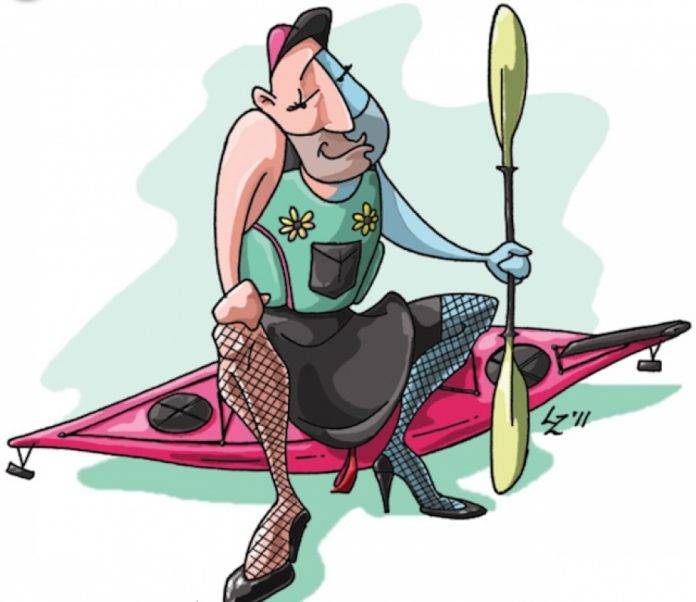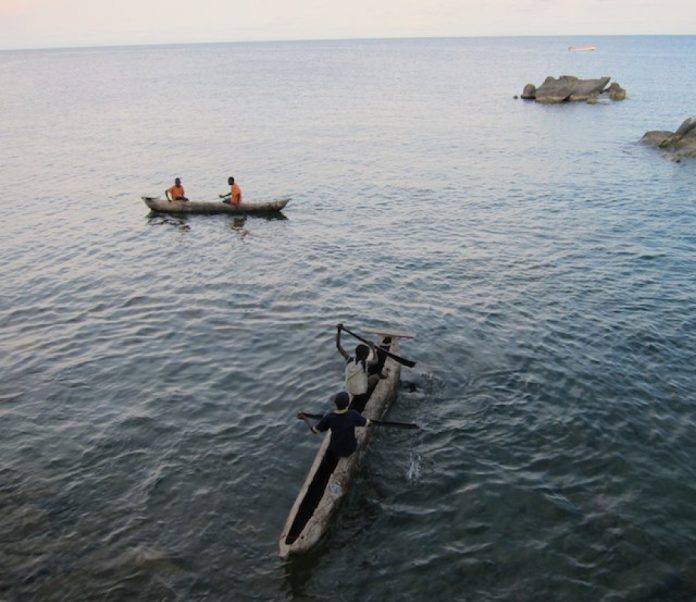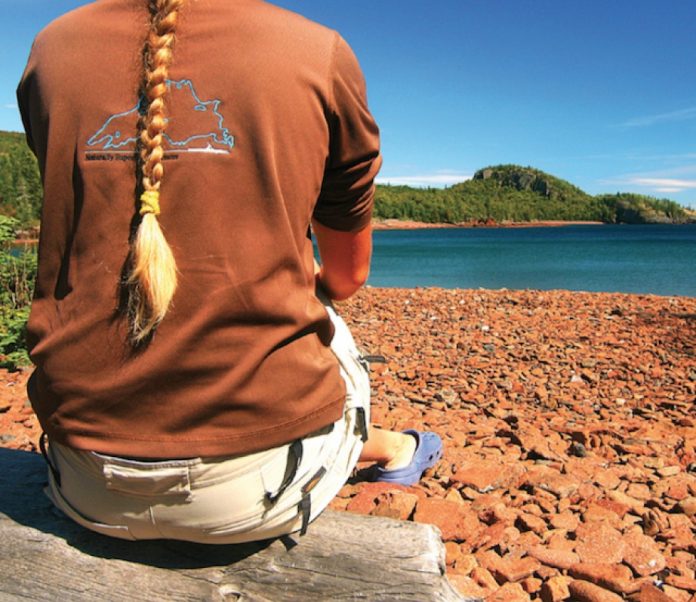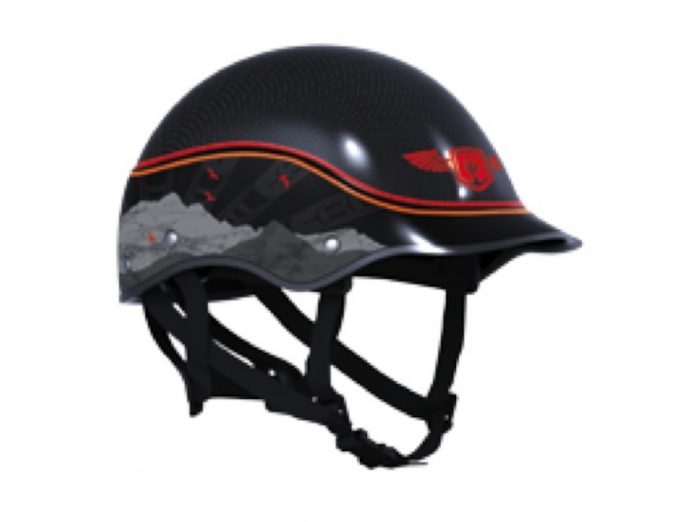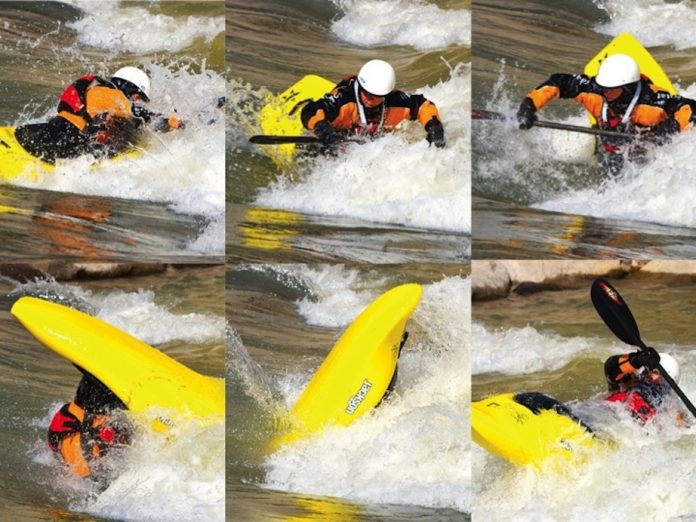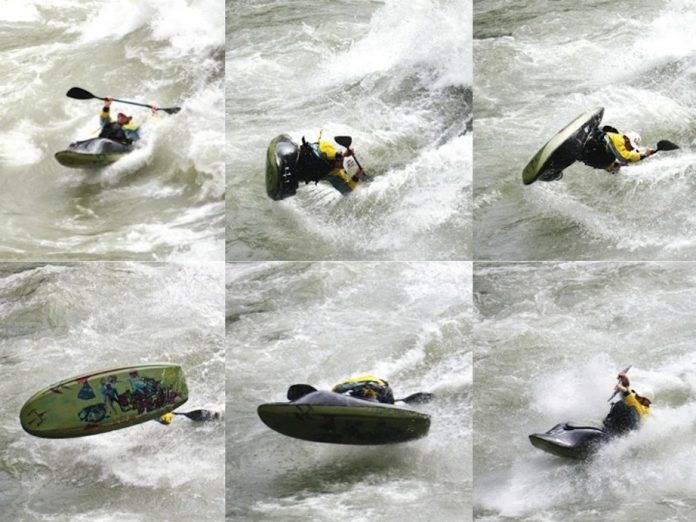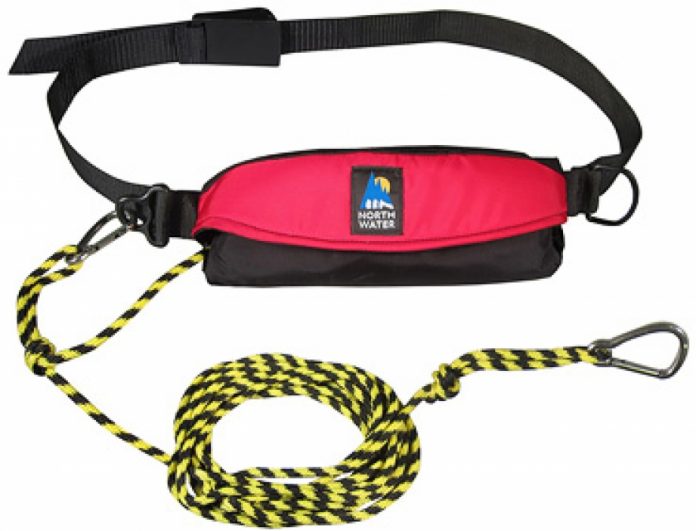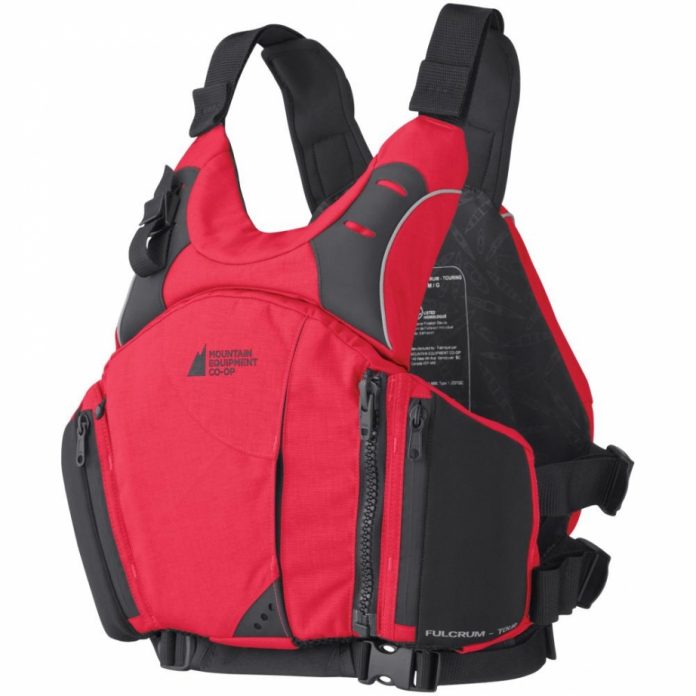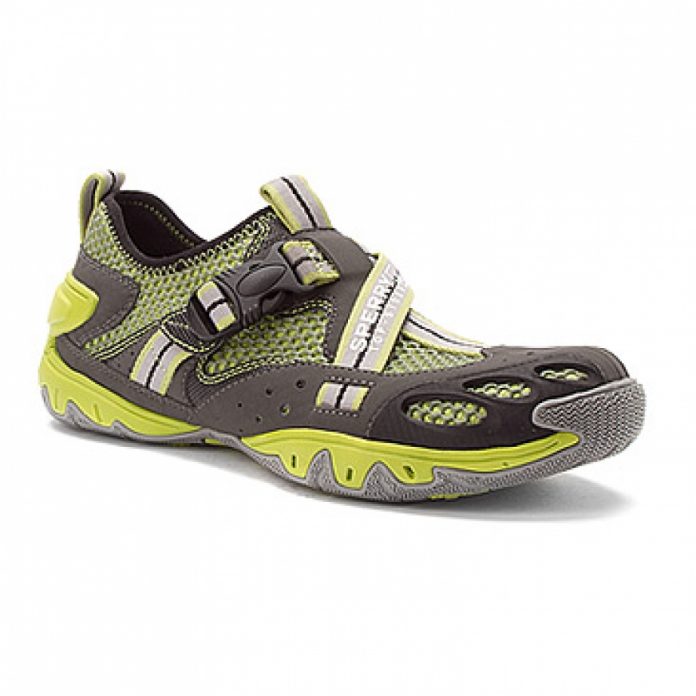I am a man. But I have happily used a paddle with the super-girly name Athena. I have paddled a kayak called the Eliza that is allegedly designed specifically for women—although I happen to know firsthand that the Eliza’s male designers quite enjoyed her svelte lines and graceful handling.
I have worn a Lola: a PFD inspired by the bodice of a wedding dress. Alone at home, I have even tried on my wife’s Kokatat women’s Gore-Tex drysuit.
That’s right—I am a cross-paddler.
I rented the aforementioned Eliza from my local paddling shop. The young studly dude at the counter was concerned.
“You know this is a chick’s boat, right?” he asked.
I said I did. There was a prolonged uncomfortable pause. He shifted uneasily and eyed me suspiciously. A Village People song played on the radio. I’m sure you will find / Many ways to have a good time / It’s fun to stay at the Y.M.C.A. The hairy eyeball treatment was really getting to me.
So, with an easy smile, I lied that my wife was looking forward to trying it. The rental counter dude immediately relaxed. We chatted about hunting and hockey as he helped me load the Eliza on my Jetta.
At the beach, I quickly launched the Eliza before anyone else could witness my aberrant behavior. Frightened of being bullied by my male paddling buddies, I went alone. Scorned and misunderstood, the cross-paddler’s life is a lonely one.
What exactly is a woman’s kayak?
Why is it that we men are so hung up on avoiding anything that is marketed as women-specific? It’s just a kayak after all—we’re not talking about bras and tampons.
Try this: In a crowded outdoor store, offer a guy a fleece jacket to try on. It fits him perfectly and is both functional and handsome. He is pleased. Now casually mention that it is a woman’s jacket and watch as he rips it from his body before the vice squad can kick in the door and haul him away for gross indecency.
His reaction is the same as one might expect had he been caught wearing a silver lamé bustier, stiletto heels and heavy eye makeup.
What exactly is a woman’s kayak? What defines it and makes it women-specific? Is it pink and covered in bows? Must you lift its stern and peer under its keel to really be sure? Ridiculous, right?
Women are generally more than willing to try men’s gear. In the past, they had little choice because so few companies offered technical ap- parel and equipment cut for the female form.
So why are men so sensitive about using women’s gear?
I say there is no such thing as a gender-specific kayak or paddle. At least there ought not to be. There is only gear that may be better suited to smaller or larger paddlers, or folks with less or more upper body strength on tap. What paddler, male or female, doesn’t want a kayak or paddle that is light and appropriate for his or her size and paddling style?
Let’s be a little more accepting of those who enjoy cross-paddling. After all, every time you go sea kayaking, I bet you’re wearing a skirt.
Alex Matthews is dead butch. He lives and paddles in a manly way on southern Vancouver Island.
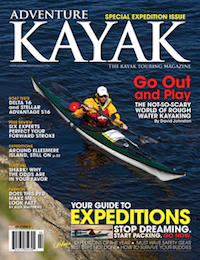 This article first appeared in the Early Summer 2011 issue of Adventure Kayak Magazine. For more great content, subscribe to Adventure Kayak’s print and digital editions here.
This article first appeared in the Early Summer 2011 issue of Adventure Kayak Magazine. For more great content, subscribe to Adventure Kayak’s print and digital editions here.



